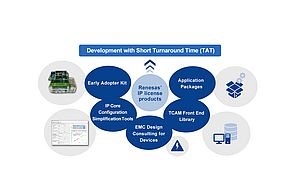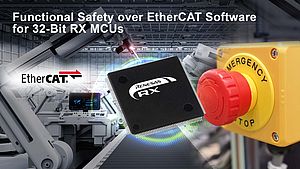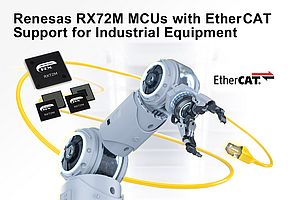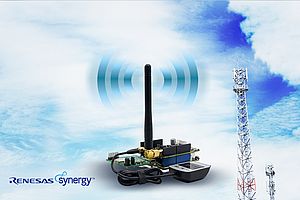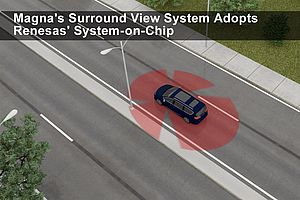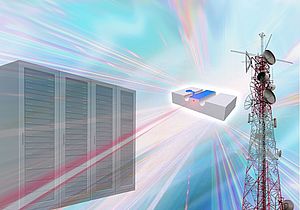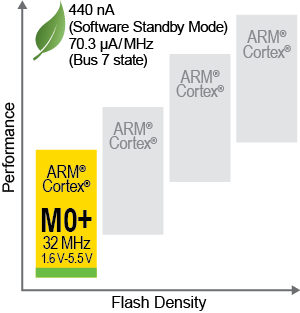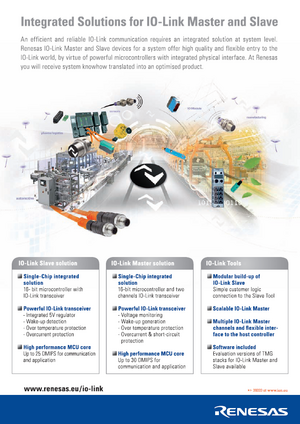An instrumental feature of TSN is its continuity with existing network technology. In effect, while it offers unprecedented capabilities, it does so by evolving conventional Ethernet rather than by substantially disrupting the status quo. As a result, businesses can seamlessly transition towards TSN-compatible industrial Ethernet systems.
This also means that TSN is compatible with legacy standards. Furthermore, it can be combined with additional solutions that are already available for conventional industrial Ethernet, such as gigabit bandwidth, which is key to support ever-increasing data throughput. In addition, it can accommodate the higher number of network devices and nodes resulting from converged architectures.
Additional advantages of mixing TSN and gigabit Ethernet include the ability to shorten cycle times, increase the accuracy and precision of control loops as well as strengthening the ability of a network to transfer various types of data, such as video.
End users are ready for TSN
Renesas is noticing a high level of interest from its customers, who are aware the technology will be a must in the years to come. A key aspect that is extremely appealing to most of them is the standardisation/simplification of protocols, enabling the connection of all parts within an enterprise.
To successfully implement TSN, it is necessary to use a network technology with higher-level protocols, as these are needed to complete the OSI reference model and support TSN applications. An example is the open industrial Ethernet CC-Link IE TSN. In addition, companies require suitable hardware that can utilise this Layer 2 technology, such as Renesas’ R-IN32M4-CL3 large scale integration (LSI) that leverages CC-Link IE TSN. Driver-level support is also important, as real-time TSN-compatible systems require a close interaction between low-level driver software and hardware equipment.
A look at the future of industrial communications
A number of major milestones have been reached to support the use of TSN. In particular, the IEEE 802.1 standards defining the technology are now complete and accessible. Also, the first network solutions have been released to the market, namely CC-Link IE TSN – the first open Ethernet that combines gigabit bandwidth and TSN capabilities.
Finally, the first prototypes and complete products have already appeared, with actual devices available and ready for use now. More testbeds are also ongoing or planned to take place in the short term. These contribute to making the technology more mature and support its large-scale implementation.
The sector is working towards the finalisation of IEEE profiles, particularly for industrial automation as well as the development of new applications for wider use, not confined solely to industrial settings. To support the global adoption of TSN, it will soon be essential to set up unified conformance testing to make sure that different solutions are interoperable, hence truly leveraging the full potential of TSN. Open technologies, such as CC-Link IE TSN, are therefore likely to be favoured.
Arno Stock, Business Development Manager at Renesas Electronics





